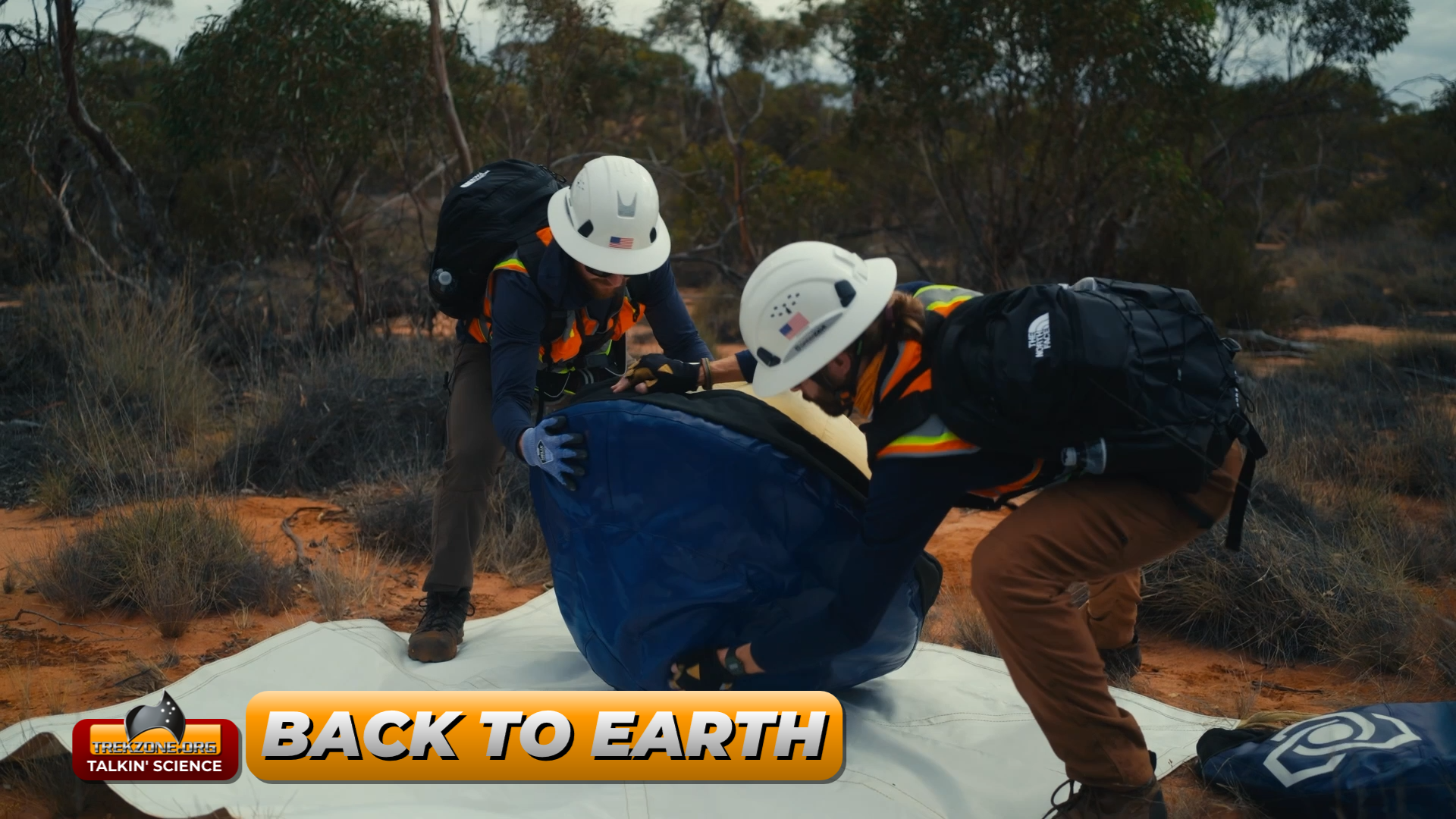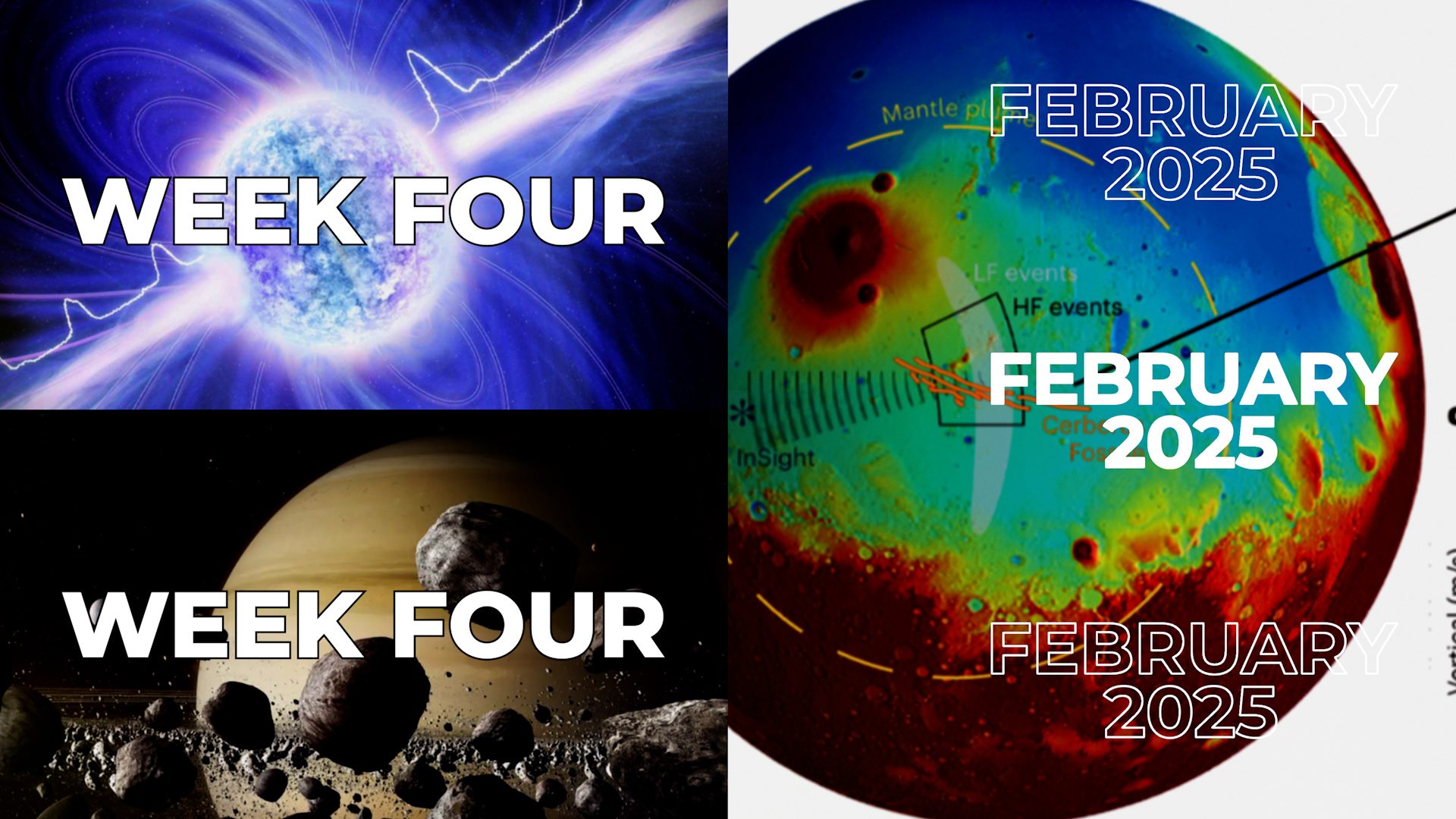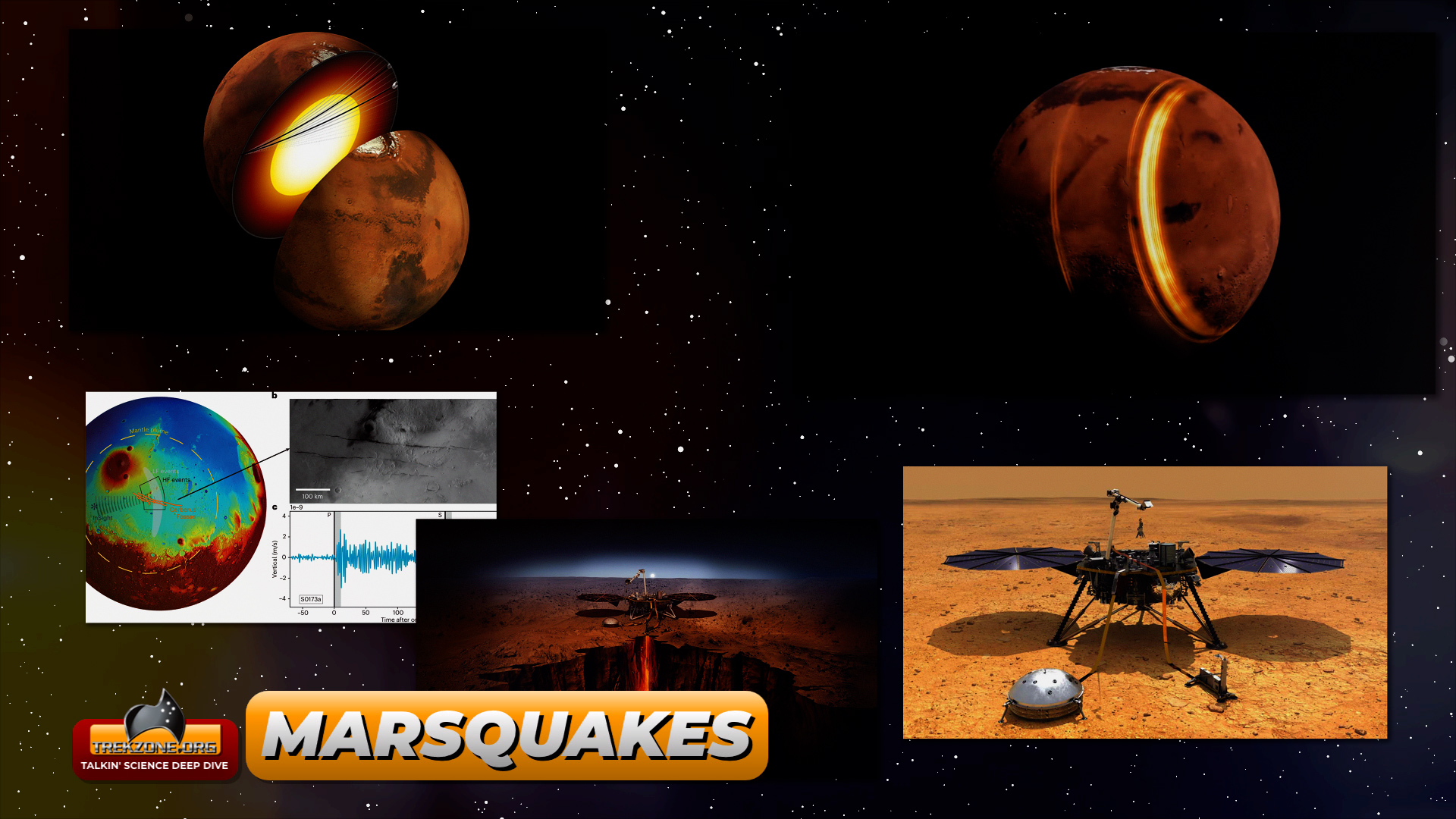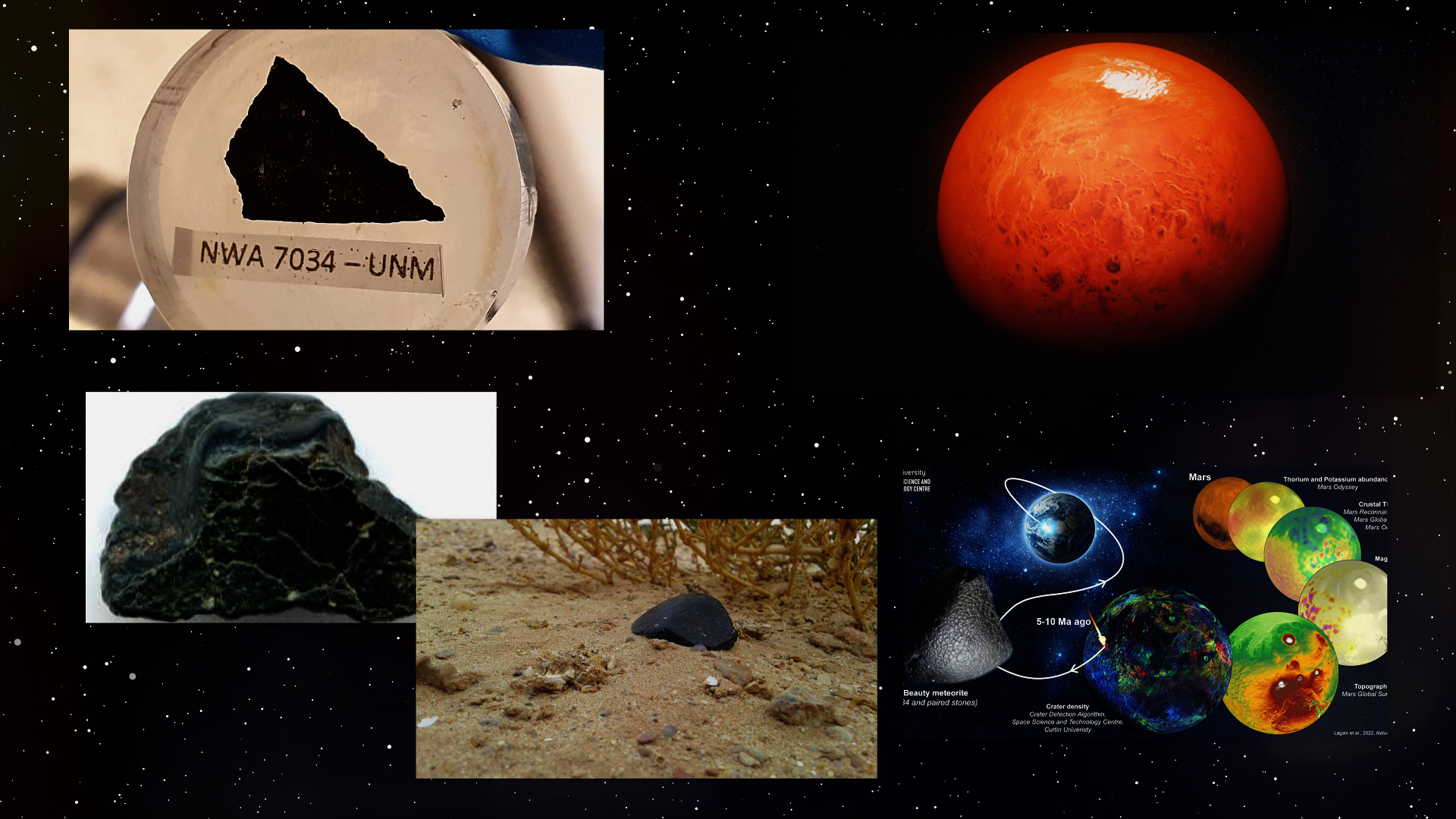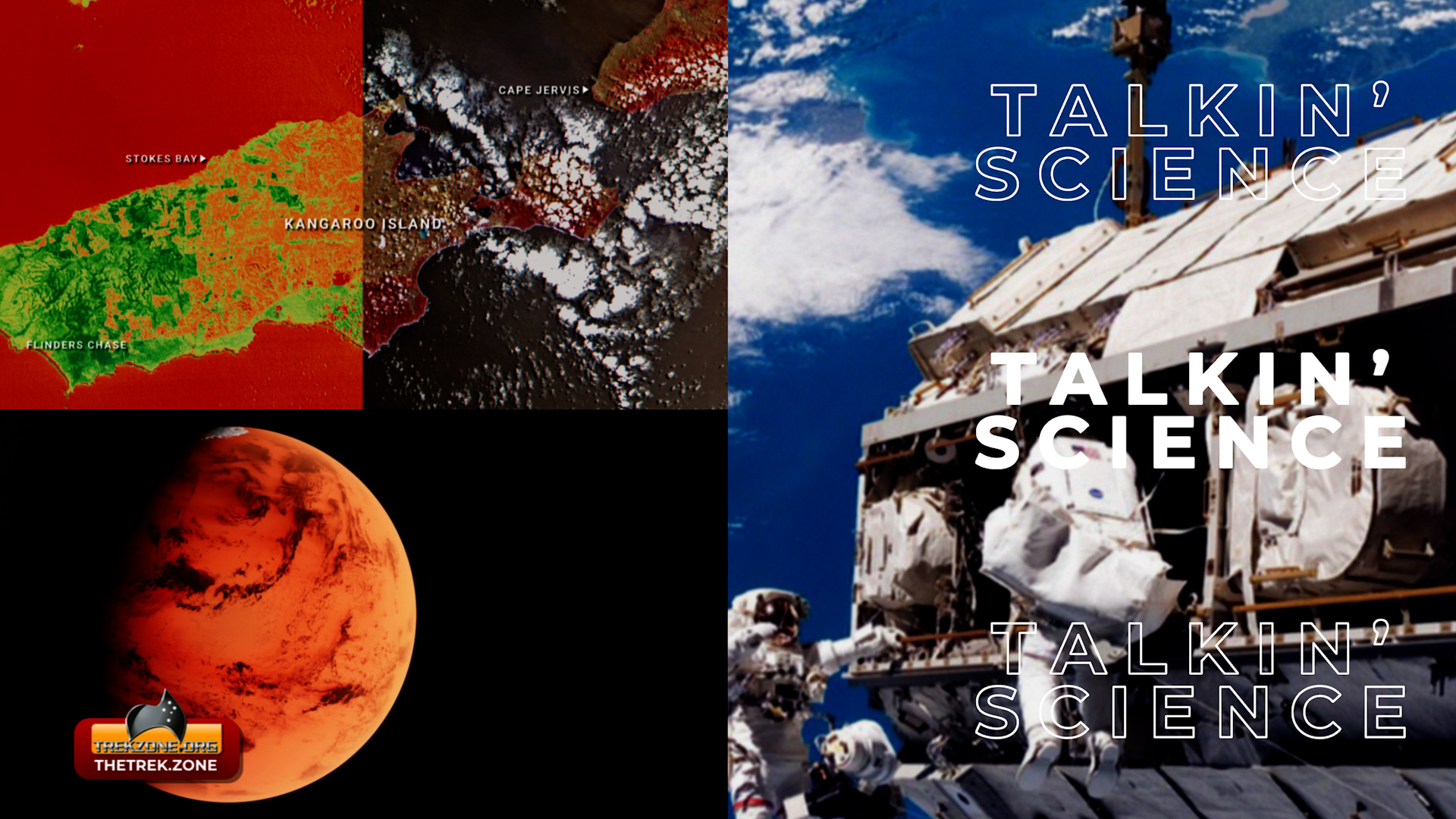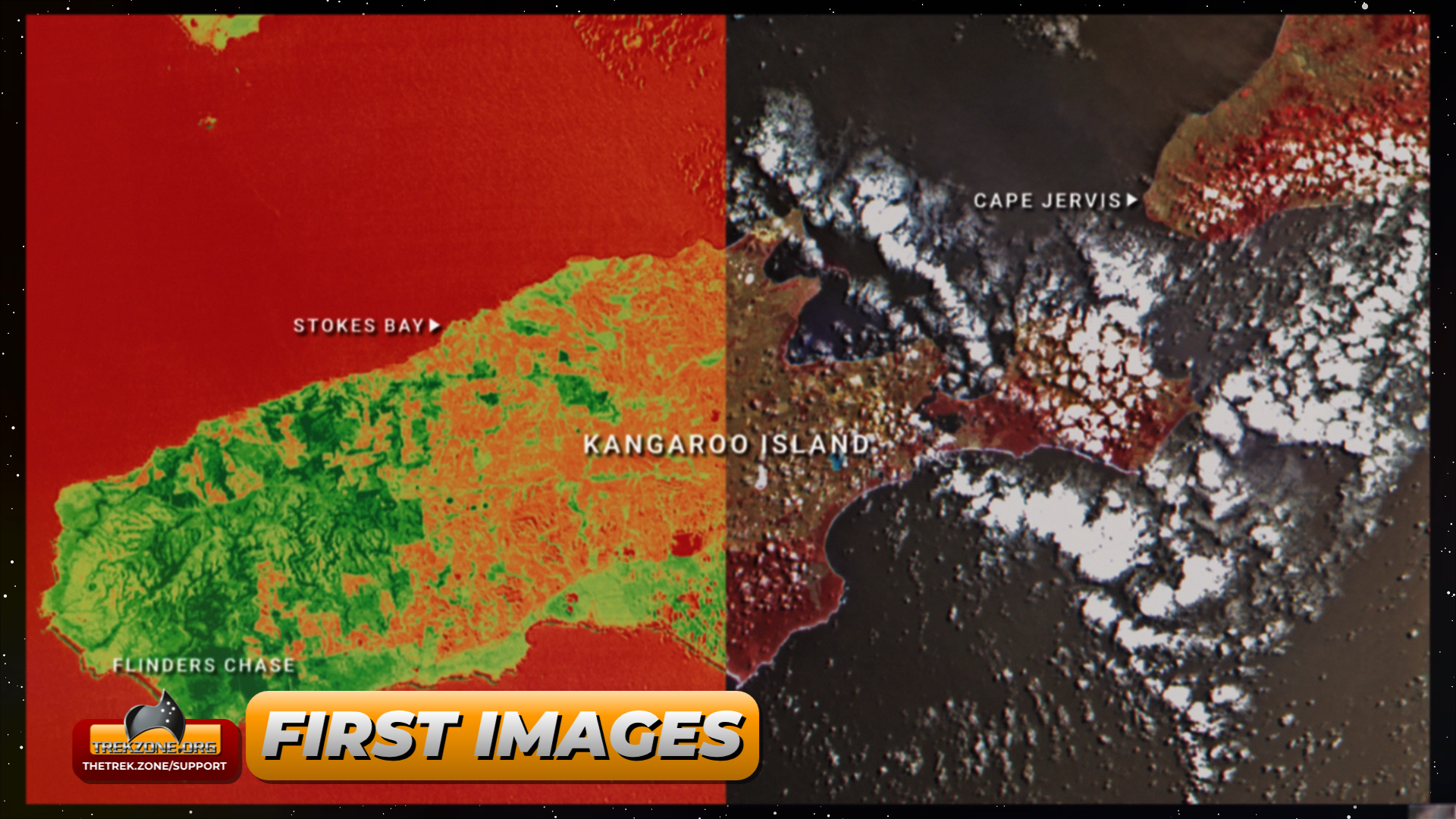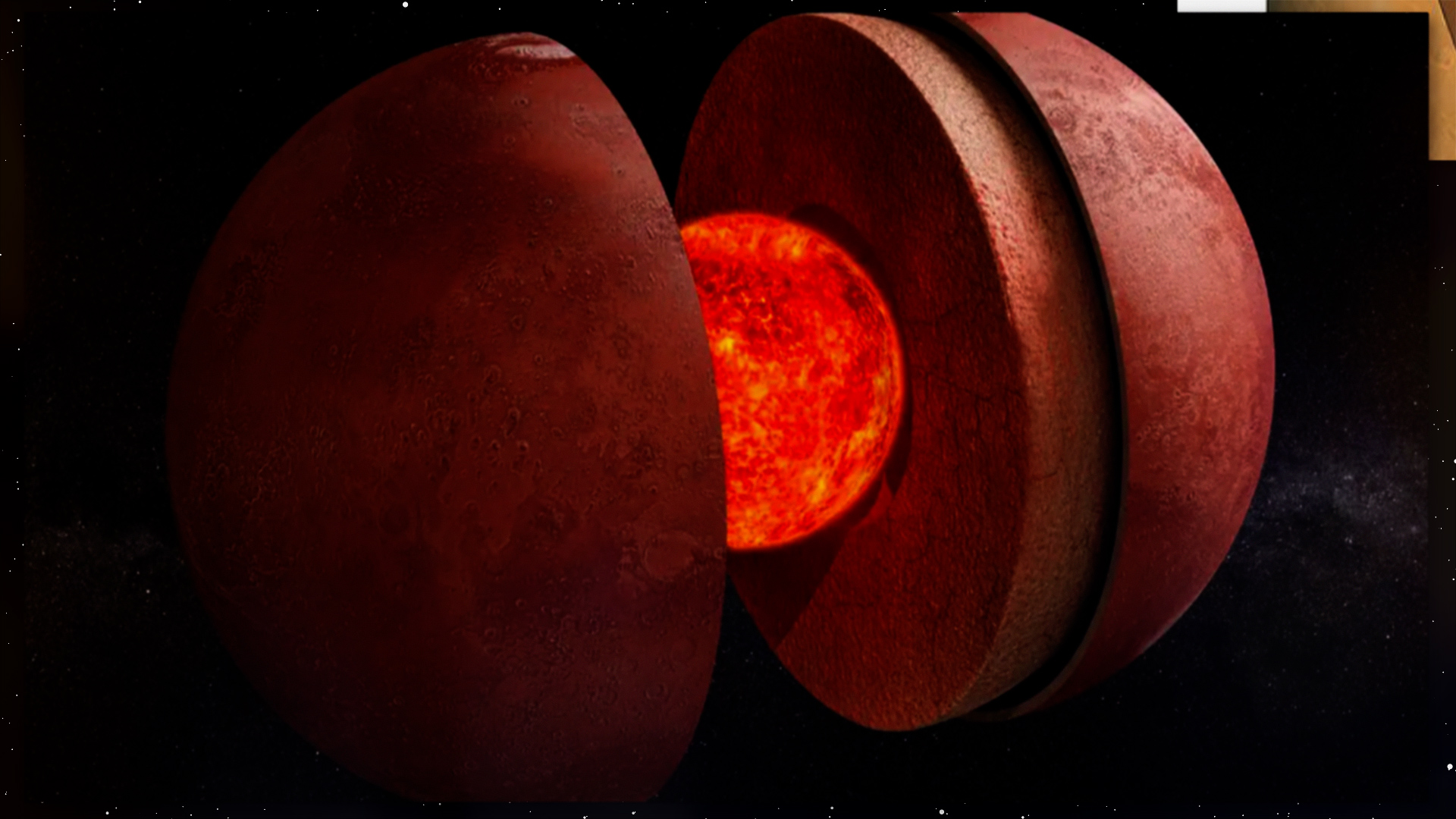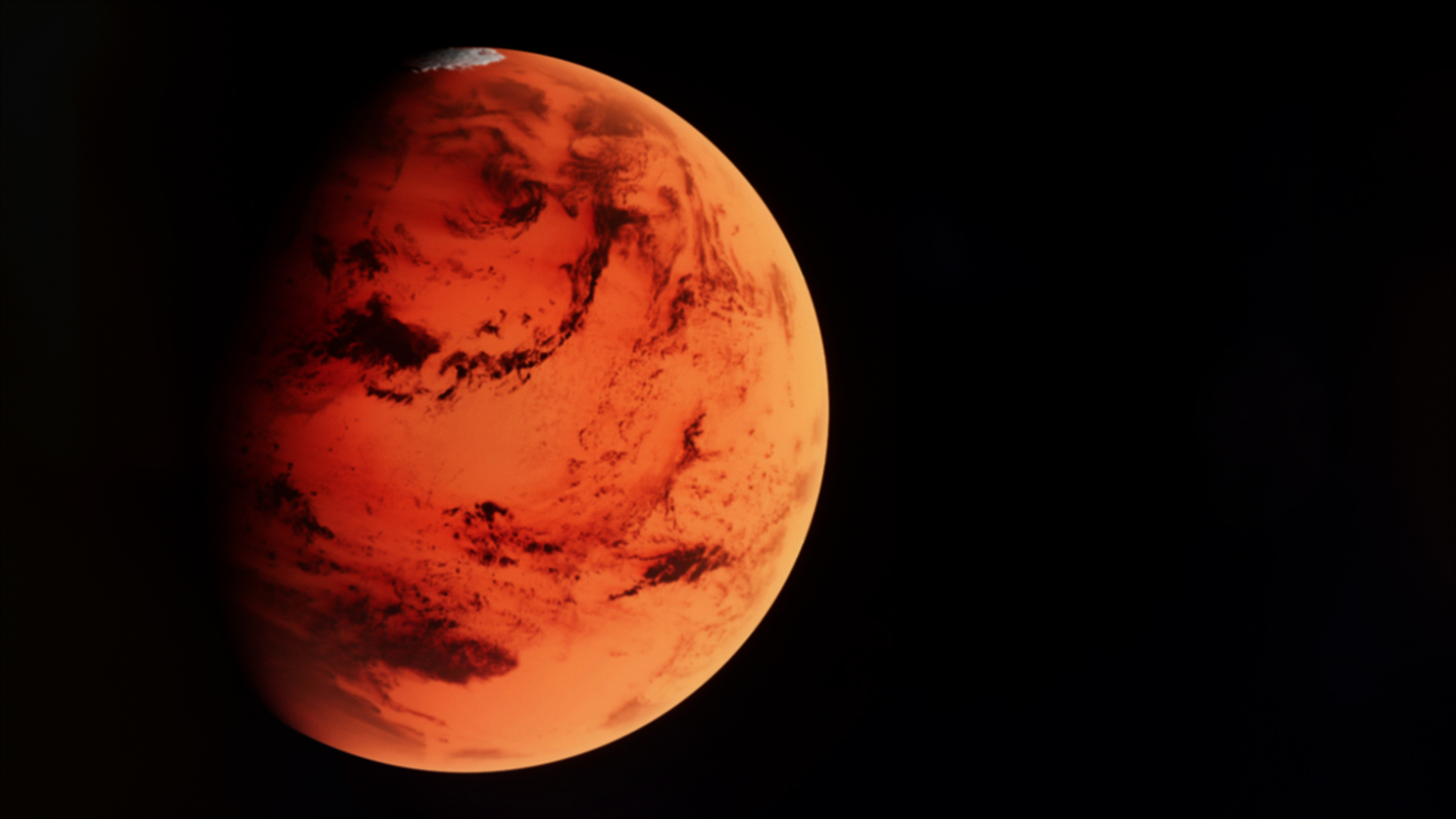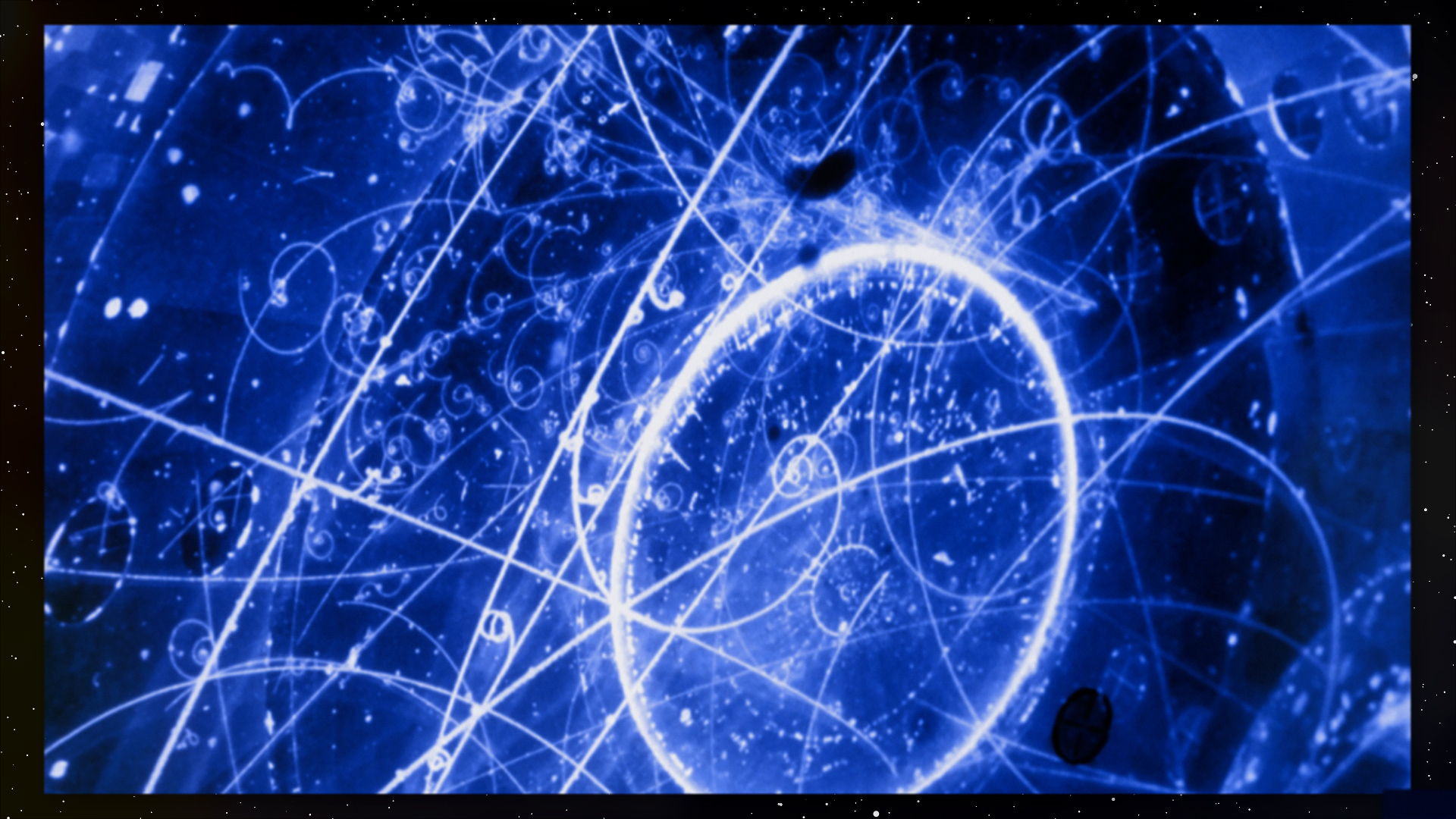Developed by the University’s International Centre for Neuromorphic Systems, the space-based cameras are part of Project Falcon Neuro – a joint initiative between the University and the United States Air Force. The neuromorphic cameras are designed for earth observation and analysis of atmospheric events such as sprites – a fascinating high-altitude phenomenon caused by upward electrical discharges from thunderstorms.
The International Centre for Neuromorphic Systems lead researcher Associate Professor Gregory Cohen says these ‘event-based’ cameras, as they are often called, are a completely different type of sensor that operates more like a biological eye than a conventional camera. Saying – “These cameras don’t take pictures, but rather sense changes and only send those when they happen.”
Falcon Neuro was launched just before Christmas last year aboard SpaceX’s CRS-24 Space Station resupply mission.
Catch up on this week’s Talkin’ Science now, or subscribe to our podcast feed and YouTube channel to get notified when new eps drop!



